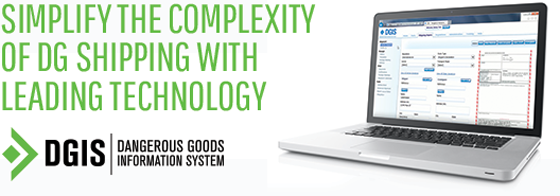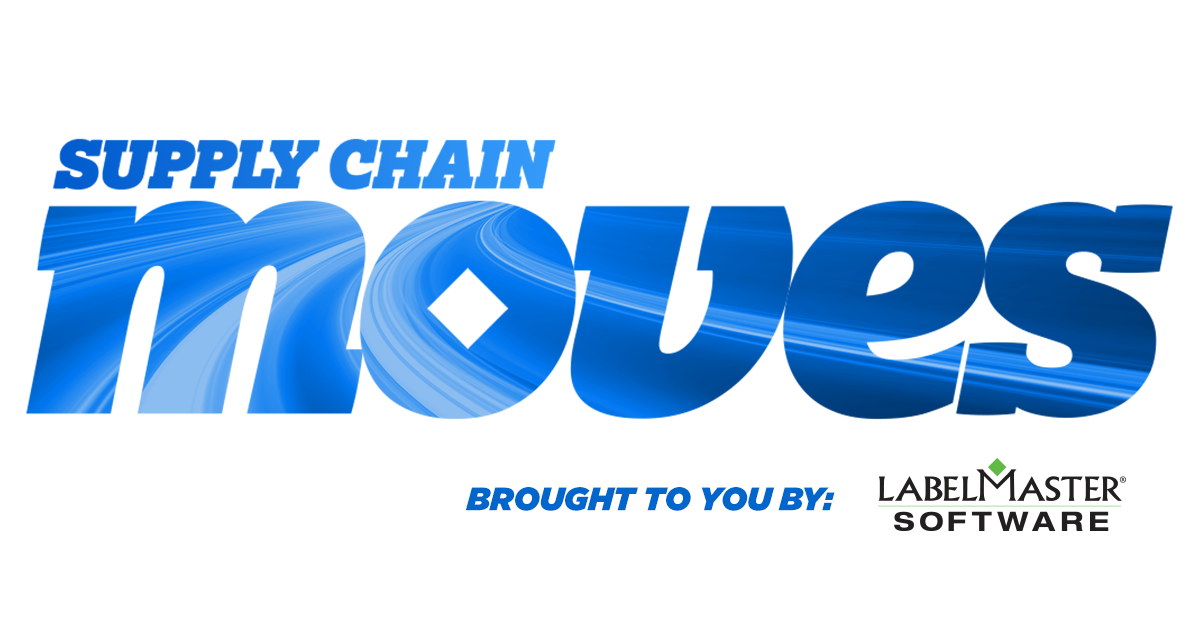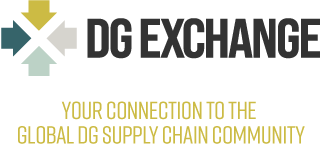

Week of September 14th, 2020
Linking technology news with Dangerous Goods compliance
Advancements in technology continue to change the way supply chains operate. But when it comes to transporting dangerous goods, there’s a greater number of risks and compliance factors that must be considered.
To help companies keep a pulse on technology trends impacting business and the movement of dangerous goods throughout the supply chain, Labelmaster has launched “Supply Chain Moves,” a bi-weekly report linking the latest technology news to dangerous goods compliance.
Let’s examine the recent supply chain technology and industry news.
TECHNOLOGY
- Automation Trends and Challenges in Transporting Dangerous Goods: Technology innovation is changing logistics, but when it comes transporting hazmat, there are factors present that create more of a danger when paired with innovation, creating more of a need for risk mitigation measures.
- IATA Launches Platform to Improve Visibility on Air Cargo Infrastructure and Capabilities: IATA ONE Source helps the air cargo industry match shipping needs with the availability of infrastructure capabilities and certifications of service providers across the value chain.
- The Most Hype-Worthy AI Trends of 2020, According to Gartner: Gartner’s Hype Cycle for Emerging Technologies 2020 report included a host of AI technologies with different functionalities that will dramatically transform industries.
- What Real-Time Visibility Means Across the Supply Chain Ecosystem: Real-time visibility is the No. 1 item on shippers’ and supply chain managers’ tech wish list.
- Uber Freight Enters Enterprise Software Game, Extending Visibility to Loads Off the Platform: Risk levels are not steady states. Here are six indications that the danger posed by your supply chain is headed in the wrong direction.
- Rewriting Shipping & Logistics with Technology to Boost Utilization: Central to today’s purchasing trends is a slick and effective supply chain process, and seamless mobile coverage plays a fundamental role.
- How IT can Lead Supply Chain Transformation: The technological infrastructure that supports the supply chain often remains a weak spot for organizations, putting pressure on IT professionals to figure out how to transition their company’s supply chain to new, enhanced systems without jeopardizing an existing competitive edge.
3PL TECH
- Transportation 101: Understanding How to Manage Your Freight Spend: ARC examines three approaches to managing freight spend: transportation management system (TMS), transportation execution system (TES) and managed transportation services (MTS).
- Geodis Opens European Market to US E-tailers: Geodis has launched an e-commerce shipping service that provides a more comfortable price point and transit time between the express carrier and postal services.
- Why Did the Need for Digital Yard Management Systems Surge During the Pandemic?: Digital yard management systems play a critical role in helping companies automate processes and offset the impacts of the global pandemic and other supply chain disruptions.
Technology & Dangerous Goods Compliance
Continued technology innovation—from robotics to drones to autonomous vehicles—has the potential to further change the way the logistics industry operates. But when it comes to the transport of DG, there are factors present that create more of a danger when paired with innovation, creating more of a need for risk mitigation measures.
In a recent Global Trade article, Haylle Sok examines the potential use of these innovations in transporting DG and how the safety and compliance efforts going into transporting DG are just as important as the level of efficiency of the transportation process.
According to Sok, while drones and delivery bots are expected to displace millions of truck and van deliveries over the next decade, they’re not exactly realistic solutions for shipping DG, giving current regulations. As for use of autonomous vehicles, the potential risks associated with ground transportation of DG must be considered: collisions and accidents, emergency response measures, loading and unloading, properly securing materials after loading, etc. All activities that require drivers and other employees with proper hazmat training.
Another important thing to remember when merging technology and the transport of DG is their compatibility with other important–and vital–parts of the process. According to Labelmaster’s Mario Sagastume, technology innovation does not always equal fancy robotics or massive automation takeovers. In some cases, it boils down to a clear set of data that provides a clear view of the big picture while identifying bottlenecks, risks and a lack of resources. It is important to consider the basics of technology before diving into complex solutions.
With all the technology, innovation and automation in the world, the human factor will almost always be present. This means proper training, education and accountability will remain critical even with increased automation.
Sok adds, “Before investing heavily in the next technology solution on the market, look carefully at the internal processes first. Take an honest inventory of how compliance is managed, how paperwork is processed, and the quality of employee communications.”
To learn more about dangerous goods software or how to establish a safer, more compliant supply chain, visit https://www.labelmaster.com.
Have questions about dangerous goods transport? Call the Labelmaster Regulatory Hotline at 1.800.621.5808.

Labelmaster’s Dangerous Goods Information System (DGIS) is the leading SaaS solution to help companies more efficiently and accurately manage their Dangerous Goods shipments. DGIS validates your Dangerous Goods shipment data against the latest regulations, ensuring a more efficient supply chain and reducing friction found in Dangerous Goods shipments. DGIS is a certified partner/validation solution with ERP, transportation and warehouse management systems.


